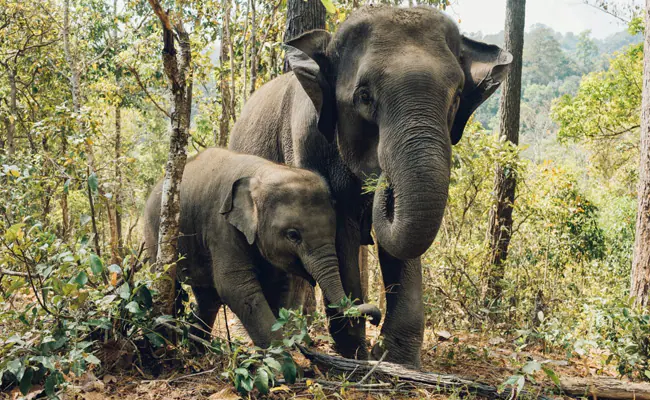Residents of a Kerala town took to the streets in protest following a series of tragic elephant attacks that resulted in fatalities. The incidents left the community shaken and prompted urgent calls for better protection against wildlife encounters.
The first incident occurred when Ajeesh Joseph, a 42-year-old farmer, was trampled to death by a wild elephant while returning home from morning prayers. The sight of a vehicle carrying a bleeding man alerted 13-year-old Alna Joseph, Ajeesh’s daughter, who later discovered it was her father’s body. The incident sparked outrage, leading to protests in the town.
Shortly after, another tragic incident unfolded when Pakkam Vellachalil Paul, a 50-year-old employee, was attacked and killed by another wild elephant while on duty. These incidents exacerbated fears and frustrations among locals, who felt vulnerable and unprotected.
The protests demanded immediate action from authorities, resulting in compensation for the victims’ families and promises of enhanced safety measures. However, residents expressed concerns about the difficulty in distinguishing between harmless and dangerous elephants, emphasizing the urgent need for stronger preventive measures.
Criticism was directed at government policies that have contributed to habitat loss, pushing animals into residential areas. Environmental activists highlighted deforestation and monoculture plantations as factors exacerbating human-animal conflicts. They argued that traditional farming practices had fostered harmonious coexistence with wildlife for years.
The community’s frustration was compounded by delays in tracking technology and inadequate medical assistance for victims. They called for more effective solutions to ensure their safety and prevent further tragedies. Despite assurances from authorities, residents remained skeptical and demanded concrete actions to address the root causes of the conflict.
In conclusion, the series of elephant attacks in the Kerala town underscored the pressing need for comprehensive measures to mitigate human-wildlife conflicts and ensure the safety of residents. The protests served as a powerful reminder of the community’s resilience and determination to protect their livelihoods and loved ones from further harm.















































